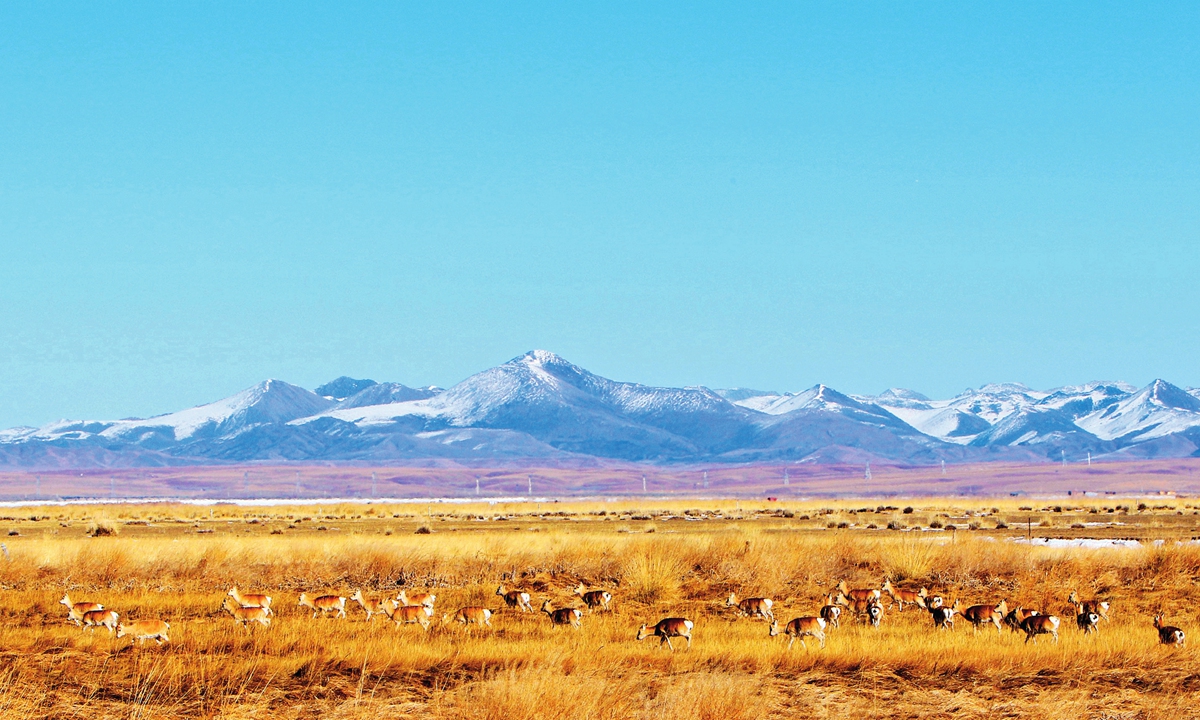No swabs – experts develop new screening method with simple breath exhalation
BEIJING: A NEW Chinese developed technology can return novel coronavirus test results within five to 10 minutes with a simple exhalation of breath, eliminating uncomfortable throat or nostril swabs and long waits.
According to a study published recently in the Journal of Breath Research, an academic journal based in the United Kingdom, Chinese scientists and researchers have developed a noninvasive rapid screening test for Covid-19 by analysing breath-borne compounds.
The technology was developed by a team led by Yao Maosheng, a professor at Peking University’s College of Environmental Sciences and Technology, together with colleagues from the centre for disease control and prevention in Beijing’s Chaoyang district.
The research team has applied for a national patent for the new system.
Yao said that because SARS-COV-2 infection causes changes in metabolism, the composition of exhaled breath of Covid-19 patients was different from that of others.
He said that analysis of 12 key organic compounds could discriminate Covid-19 from other subjects with 91% to 100% accuracy.
To take the test, people only have to exhale into a disposable plastic bag for 30 seconds or less. Compared with nucleic acid tests, such screening is cheaper and faster.
“Experiments with recruited subjects have proved that the system is effective,” Yao said. “It’s fast, and sensitive enough.
“Now we need to test more breath samples for the system to go from the experimental stage to clinical application.”
He said their published work involved 74 Covid-19 patients, 30 patients with non-covid-19 respiratory infections and 87 medical workers and healthy people.
Yao said that common nucleic acid tests sometimes report false negatives for confirmed Covid-19 patients, creating dire risks in controlling the spread of the disease. Yao said the noninvasive screening system could save time and overcome the nucleic acid test’s sensitivity problem, particularly in scenarios where rapid screening was desired, for example in hospitals, airplanes, high-level meetings, quarantine hotels and customs entry points.
Scientists and researchers in some other countries, including Japan, Indonesia, Israel, France and the Netherlands, have been working on developing similar technology since last year. But Yao said the research teams in China were the first to report experimental data.
Researchers develop quick, noninvasive COVID test - China ...
Chinese scientists create COVID-19 breath test that generates result in 10 minutes
The latest research by a Chinese team could save people from the discomfort of taking a throat or nasal swab for COVID-19 nucleic acid testing, and save time too, as a new test method only requires the patient to exhale into a bag for 30 seconds, with 5-10 minutes needed to finish the analysis.
The Global Times on Wednesday learned from the team leader Yao Maosheng, a professor at the College of Environmental Sciences and Engineering at Peking University, that the test is highly accurate, and can differentiate among COVID-19 carriers, healthy people and patients of other respiratory infections.
The study was based on exhalations of 74 COVID-19 patients, 30 patients with other respiratory infections and 87 healthy people. There are 12 s
ignal breath-borne volatile organic compounds (VOCs) from their exhalations, which can be regarded as "fingerprints."
Higher levels of propanol were detected in the exhaled breath of COVID-19 patients and other respiratory infections than healthy subjects, while breath-borne acetone was found to be significantly lower for COVID-19 patients than those with other respiratory infections, Yao said.
Based on the 12 signal VOCs, an algorithm was created, and verification of the algorithm found its accuracy ranges from 91 to 100 percent.
The quick procedure and high accuracy give the new method an edge in comparison with the antigen-based quick testing. Yao told the Global Times the new technology didn't require any reagents and has a lower detection limit for detecting VOC species.
The new method is also cheap, costing 10 yuan ($1.5) in comparison with a nucleic acid test that charges 80 yuan for takers.
The test is capable of identifying a COVID-19 infected person with a false negative throat swab test. Asymptomatic and pre-symptomatic infections can be detected early, the Global Times learned.
The research was co-conducted by the Laboratory of Environmental Simulation and Pollution Control of Peking University and Chaoyang district's Center for Disease Control and Prevention in Beijing.
It can be used in various scenarios, including the Beijing Winter Olympics, Yao said. But the expert noted that as China doesn't have many cases, further data and validation tests may be needed before the technology is applied.
Related posts
How to test yourself for Covid-19

The different types of Covid-19 tests




















